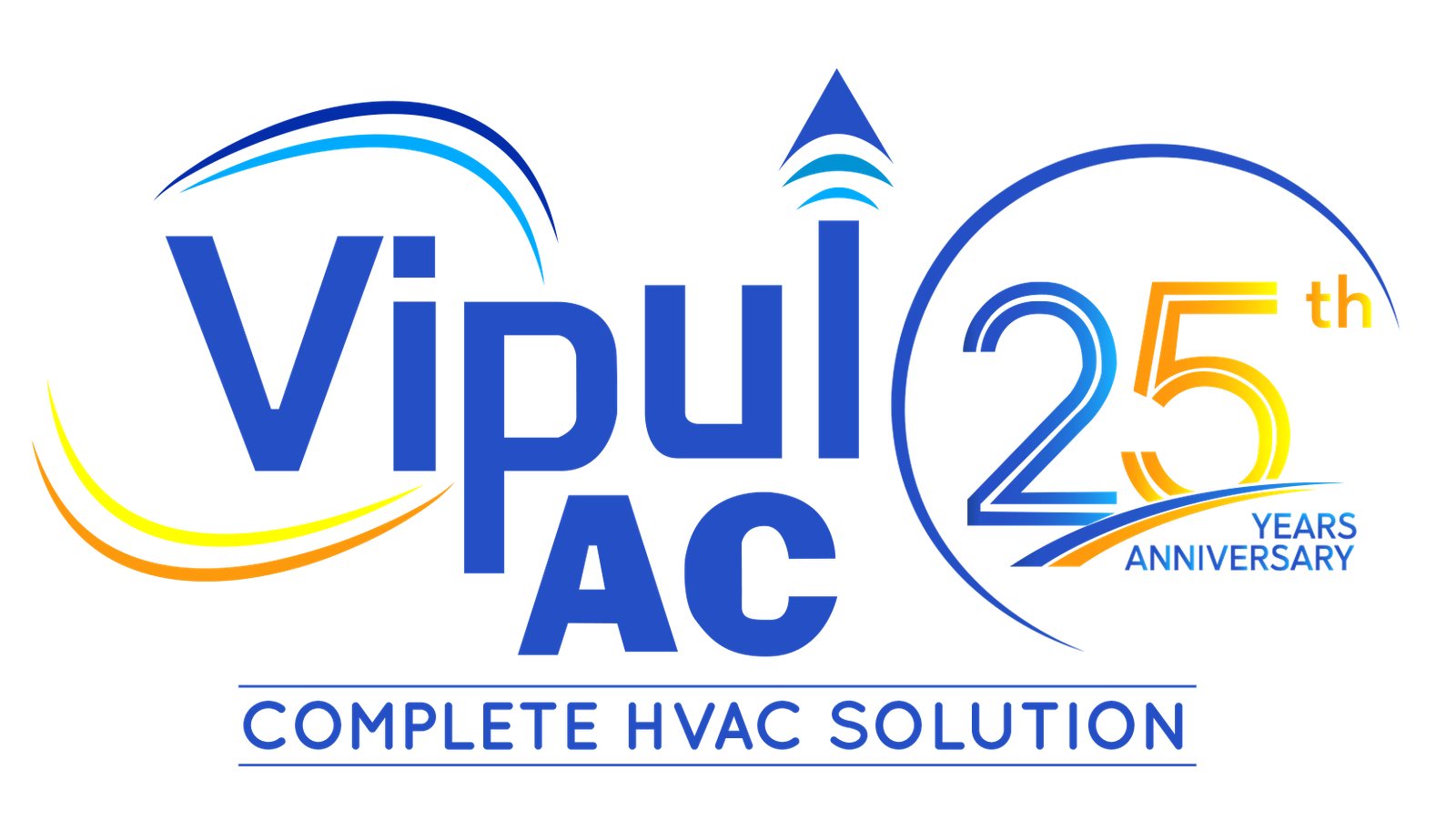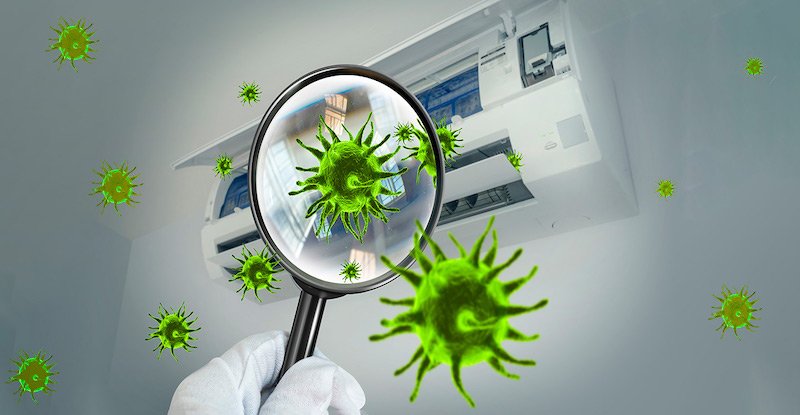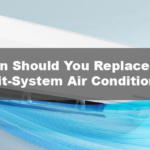Heating, ventilation, and air conditioning (HVAC) systems play an essential function in buildings since they not only provide comfort but also assist to maintain a healthy interior environment. A building with damaged HVAC systems is not only uncomfortable but also dangerous to one’s health. Indoor environmental quality is also cost-effective for businesses, as comfort and health enhance productivity.
One advantage of a well-designed HVAC system is that dangerous organisms such as viruses, bacteria, mold, and dust mites are better controlled. Building owners must ensure that these creatures are kept under control since they have a negative impact on air quality and human health. The US Environmental Protection Agency advises a relative humidity of less than 60%, ideally between 30% and 50%, to optimize IAQ.
The percentage of water in the air in relation to the maximum quantity the air can retain is known as relative humidity. Because warm air can store more humidity than cool air, 50 percent relative humidity at 90°F is higher than 50 percent relative humidity at 65°F.
How Air Humidity Helps to Reduce Virus Infections
When the air is dry, viruses like the common cold and influenza spread more quickly, and the Wuhan coronavirus is no exception. Viral infections are more prevalent in cold and dry conditions for various reasons:
- When there is low humidity, airborne particles, including viruses, stay in the air longer.
- The mucous membranes that protect the human respiratory system dry up under low humidity, making viral infections more common.
- The spread of viruses is unaffected by cold temperatures. Cold air, on the other hand, contains less moisture, resulting in the two consequences outlined above.
- During cold weather, people will stay indoors, and diseases transmit more quickly when people are in close quarters.
The Centers for Disease Control and Prevention (CDC) investigated the impact of atmospheric humidity on influenza virus infections. 70-77 percent of flu virus particles remained active an hour after being coughed into at 23 percent relative humidity. Only 14 percent of flu virus particles remained alive after one hour at 43 percent RH.
During the winter, space heating systems can dry up interior air, allowing viruses to spread more easily. Building owners should ensure that their HVAC systems manage both temperature and humidity. Insensitive applications such as healthcare and retirement homes, further humidification procedures may be required.
Increased atmospheric humidity aids in the prevention of viral transmission. Too much humidity, on the other hand, is not a good thing since it has additional detrimental impacts on IAQ.
Indoor Air Quality and Health: The Negative Effects of High Humidity
Dry air allows particles to remain in the air for longer, increasing the risk of viral infections. Humid air, on the other hand, promotes the growth of germs, mold, and dust mites. These organisms have a detrimental influence on occupant health and indoor air quality:
- Many bacteria species, like viruses, are pathogens that cause health problems.
- Mold spores cause allergic responses and destroy furniture and other building materials. When asthma sufferers inhale mold spores, their symptoms may worsen.
- Dust mites can also trigger allergic responses in general, as well as asthma flare-ups.
30-50 percent relative humidity is recommended by the US Environmental Protection Agency, whereas 30-60 percent RH is recommended by ASHRAE. Because both dry and humid air have negative consequences, these intermediate limits have been established.
When relative humidity is lowered to the ASHRAE recommended range, mold and dust mites die. Filtering the air is still necessary, though, because dead mold spores and dust mites can trigger allergic responses. A vacuum cleaner with a HEPA filter, which catches 99.97 percent of particles with a diameter of 0.3 microns, is suggested.
How to Effectively Control Indoor Air Humidity
An enthalpy wheel in an energy recovery ventilation system (ERV) may interchange humidity between the outside air source and the exhaust air. This sort of ERV system can adjust humidity levels as needed:
- When the building’s outside air is humid, the exhaust air can help to remove some of the moisture via the ERV system.
- When the outside air is dry, the ERV system recovers humidity from the exhaust air, which has the opposite effect.
Thermal comfort is linked with space heating and air conditioning systems, although they can also give some control over air moisture. Greater humidifiers and dehumidifiers give you more control, but they use a lot of energy. They’re only useful when HVAC systems can’t get to a comfortable humidity level on their own.
Looking to install a commercial HVAC System or Duct work in your Business Area?
Contact Vipul Ac to learn about our HVAC Service
Call +91 9825636606 Today.



